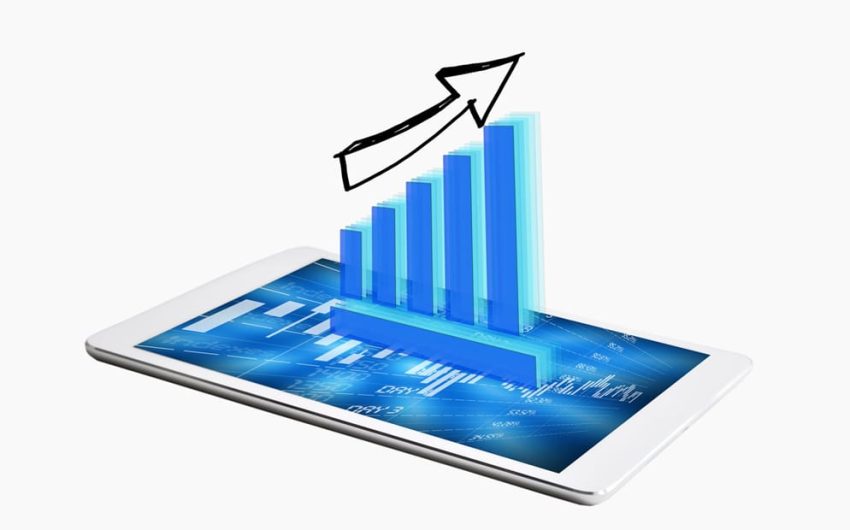
This article is the first of a multi-part series
Defining the Value Proposition
Manufacturers continually consider improving their ERP software, and situations constantly arise that cause company leaders to consider whether new or better software will benefit their organization.
The incidents that cause the software improvement opportunity conversation are typically symptoms of more fundamental issues. Together these issues provide the basis for the value proposition associated with upgraded or new software.
Defining the value proposition for upgrading or changing to new software is critical to justifying why a company would decide to take on a significant project with measurable cost. Without a solid value proposition, company leaders will have a hard time deciding whether to move forward with a project that will consume their company’s cash and time.
The value proposition is typically a combination of reasons why a company needs to improve their software. The list of reasons may, once again, be symptoms of the real issues behind upgrading software to enhance company success. The list below presents “symptoms” of “opportunities” that can cause a company to determine it is time to move to another level of software support.
“My company seems to be run on spreadsheets that I have no real control over.”
At some point in time, running a company on spreadsheets results in inconsistent information from multiple sources. Spreadsheets are often stored on desktop hard drives and not always backed up, properly secured, or easily found (staff person on vacation). Spreadsheets need to be replaced with software that provides consistent information that is backed up, secured from misuse, and easily visible with proper security.
“I can’t seem to get the information I really need to run my business effectively.”
As the business grows, more activity results in more need to manage a more complex operation. The current software may not be designed to collect and report the information that is needed to run the larger business successfully. Spreadsheets can only do so much for typical users with modest skills.
“The good news is that my company is profitable. The bad news is that I’m not sure where the profit is coming from.”
While the financial statements in the current system are accurate and simple, there is not enough understanding and visibility of the underlying data to know what products or product lines are profitable and why.
“I know my software can tell me more than I know now. Why is it so hard to get answers to the questions that I have from my staff?”
Due to staff turnover or lack of foresight with respect to training, initial users of the new system, the current system is not best utilized, or worse, the current staff does not use the system well causing errors in understanding business activity and sources of success.
“My company is growing and we are considering an acquisition. Is my software good enough to support the newly structured operation if the acquisition goes through?”
The current software may not be able to support multiple locations (or warehouses) or the company may need to invest in an additional site licenses to support the new operation. It may not be appropriate to invest more money into the current solution as it will not be able to support a more complex business structure and process after the combination.
“I bought my software eight years ago. Will it still be able to support me eight years from now?”
The ability of your current software to support the future state business processes of your company needs to be assessed periodically. Software capability should be part of your overall business strategy and not left out of significant plans for the future of the business.
“My software should be helping me to grow the value of my business. It seems to just process transactions and not do much more”.
ERP software should be a critical asset in your business to help it grow effectively and profitably. There may be modules of your software that you should be using or learning how to use better.
“My company seems ‘siloed’. We have people that design products, people that sell products, people that make products, and people that keep score along the way. Shouldn’t my business be more cohesive?”
If your CRM software, engineering software, manufacturing software, and accounting software do not work effectively together you do not have a software environment that will allow your business to grow efficiently and allow all levels of staff to work well together.
“My software company was just acquired by an investor who talks about maintaining it in the future. Is that enough?”
This is clearly a problem. Maintaining is not the same as enhancing to keep the software working effectively as new technology is released to the marketplace. This is a danger signal that requires a company to look critically at the future of software in the business.
The symptoms and opportunities presented above are a sample of the types of issues that manufacturers face. All of the opportunities are a response to the challenges that companies face when determining a value to upgrading or replacing ERP software. Each manufacturer needs to evaluate their own opportunities and develop multiple scenarios of ERP value for the future.
DVIRC can help with our solution-agnostic expertise of the ERP marketplace and experience with helping hundreds of companies improve how they do business. Learn more or contact us here.
